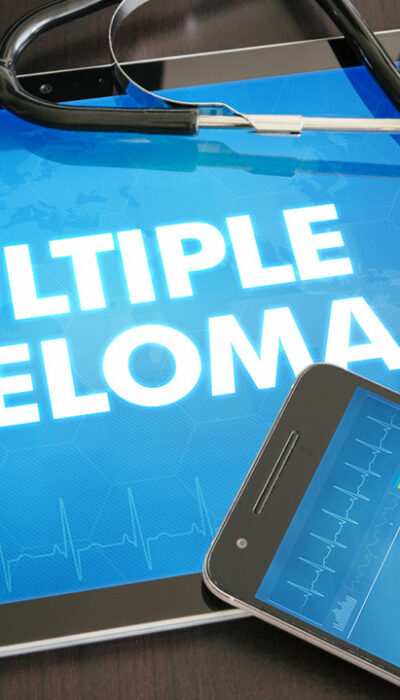
Effective Ways to Lower Blood Sugar Levels
Hyperglycemia or high blood sugar is one of the most common lifestyle-associated disorders. It is characterized by a high level of blood sugar level called hyperglycemia. In a healthy person, the normal range of blood sugar is 70-130 mg/dL between meals which can spike to 180 mg/dL 1–2 hours post meals. A chronic hyperglycemia can be detrimental to the blood vessels, nerve tissues, and several other body organs. According to a new study conducted by the Centers for Disease Control and Prevention (CDC), in the country alone, more than 100 million adults are suffering from high blood sugar. There are several ways in which the question of how to control blood sugar can be answered. However, before looking into that, let us know about the complications that high blood sugar can lead to. Complications caused due to high blood sugar Uncontrolled high sugar levels can lead to nerve and kidney damage, cardiovascular disorders, damage to eye lens, damage to retina which may cause complete blindness, higher chances of skin infections, infections in teeth and gums, and slow healing of an injury. Smart ways to control blood sugar The following tips can help one on how to control their blood sugar. However, an expert advice or consultation must be sought before starting any medication or natural treatment. Avoid huge meals : A diabetic patient is advised to keep his/her meal size small. This helps in effective regulation of blood sugar. However, one should not skip a meal. Add resistant starch to diet : The addition of resistant starch in the diet is one of the best ways to control blood sugar. Resistant starch bypasses the small intestine and subsequently gets digested by the “good bacteria” present in the large intestine. This helps in lowering the blood sugar effectively. This phenomenon is often referred to as the “second-meal” effect.










